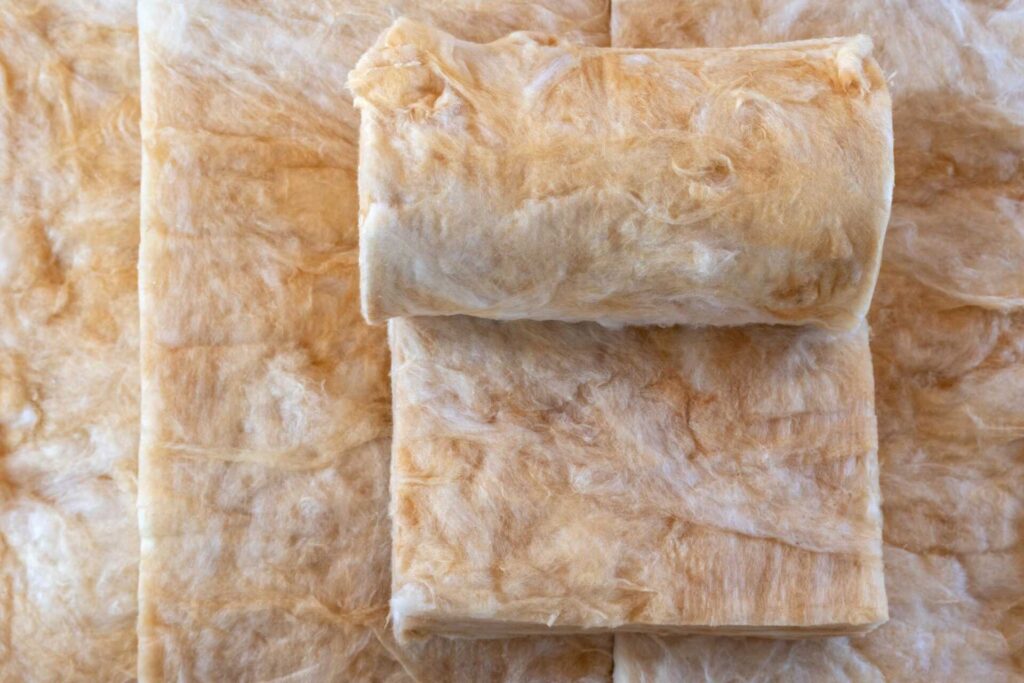
Contents
If you’re looking to cut down on your bills and improve your home’s efficiency, addressing insulation might be a wise move. However, you don’t have to break the bank to get the job done. There are practical, budget-friendly strategies you can use to tackle insulation removal effectively. Let’s explore how you can achieve significant energy savings without overspending.
Key Takeaways
- Assess and prioritize insulation areas needing removal to focus efforts on the most energy-inefficient spots in your home.
- Consider DIY removal methods using proper safety gear and tools to save on labor costs.
- Rent specialized equipment like vacuums or blowers for effective insulation removal without the high purchase costs.
- Compare multiple quotes from local contractors to find budget-friendly professional help if needed.
- Research recycling options for old insulation materials to reduce disposal costs and promote sustainability.
Assess Your Insulation Needs
Before diving into insulation removal, it’s essential to assess your insulation needs carefully. Evaluating what you currently have and what might work better can make a significant difference in your home’s energy efficiency. Different insulation types, such as fiberglass, foam board, or cellulose, each have unique properties, and understanding these can help you make informed decisions.
Start by checking the condition of your existing insulation. Look for signs of moisture, pest infestations, or deterioration. If your insulation’s damaged, it mightn’t just be less effective; it could potentially harm your home’s air quality and overall comfort.
Consider the R-value, which measures insulation effectiveness. Higher R-values indicate better heat retention, which can ultimately lower your energy bills.
Next, think about your home’s specific needs. Are there areas that consistently feel colder or hotter? This could point to inadequate insulation in those spots.
Research the insulation types that best suit your climate and home structure. Some materials are better for soundproofing, while others excel in thermal resistance.
Finally, consider your budget. While some options may have a higher upfront cost, they could save you more in energy costs over time.
DIY Removal Techniques
Once you’ve assessed your insulation needs and determined the best type for your home, it’s time to consider how to tackle the removal process yourself. DIY insulation removal can be an empowering way to save money while improving your home’s energy efficiency. However, it’s crucial to take proper safety precautions before diving into the project.
First, identify the insulation types you’re dealing with. Common types include fiberglass, cellulose, and foam board. Each type has specific removal techniques, so knowing what you’re working with is essential. For fiberglass, wear protective gear like gloves, goggles, and a mask to avoid skin irritation and inhalation of particles. For cellulose, which can be dusty, use a respirator to keep your lungs safe.
Next, ensure your workspace is well-ventilated. Open windows and doors to allow fresh air in, especially when working in confined spaces like attics or basements. If you encounter any mold or pest infestations, consider consulting a professional before continuing the removal.
You’ll also need the right tools. A utility knife, dustpan, and heavy-duty trash bags will help streamline the process, allowing for a systematic approach.
As you work, carefully cut and remove the insulation in manageable sections. Avoid rushing; taking your time ensures you reduce the risk of injury and maintain a cleaner environment.
Rent Equipment Wisely
Renting the right equipment can significantly enhance your insulation removal process and save you both time and effort. When you’re tackling insulation removal, choosing the right rental options is crucial. Consider your specific needs—different equipment types serve various purposes, and understanding these can streamline your project.
For instance, if you’re dealing with fiberglass insulation, a specialized insulation removal vacuum can make the job much easier. These vacuums are designed to efficiently collect loose material, minimizing the mess and hassle.
On the other hand, if you’re removing older materials, like cellulose, a heavy-duty blower may be more appropriate to handle the density.
Make sure to explore rental options at local home improvement stores or specialized equipment rental companies. Often, these places offer flexible rental periods, so you won’t be stuck paying for equipment you don’t need for an extended time.
Always inquire about the specific equipment types they’ve available, as some may offer newer models that are more efficient and user-friendly.
Before renting, assess your budget and determine whether it’s more cost-effective to rent or purchase. Sometimes, renting high-quality equipment can save you from potential headaches later on.
Lastly, don’t forget to ask for any operational tips from the rental staff—they often have valuable insights that can help you use the equipment more effectively.
Hire Professionals Strategically
Hiring professionals can be a smart move when it comes to insulation removal, especially if you’re facing extensive or complicated projects.
While you might consider tackling it yourself, enlisting the help of cost-effective contractors can save you time, effort, and potential headaches. Their insulation expertise ensures that the job is done efficiently and safely, making your home more energy-efficient in the long run.
Here are some strategic tips to help you hire the right professionals:
Research Local Contractors: Look for companies with strong reputations in your area. Check reviews and ratings to gauge their reliability.
Get Multiple Quotes: Don’t settle for the first estimate you receive. Gather quotes from several contractors to compare pricing and services.
Ask About Insulation Expertise: Ensure the contractors you consider have specific experience in insulation removal. This knowledge will help them identify problem areas and handle hazardous materials, if present.
Check for Certifications and Insurance: Verify that the contractors have the necessary licenses and insurance. This protects you from liability and assures you of their professionalism.
Dispose of Insulation Properly
When you remove insulation, it’s crucial to dispose of it properly to avoid environmental hazards and comply with local regulations. Improper disposal can lead to contamination and hefty fines, so understanding your options is essential. Start by checking local guidelines; many communities have specific rules regarding insulation disposal.
If your insulation is made from fiberglass or cellulose, consider insulation recycling. This process keeps materials out of landfills and promotes sustainability. Many recycling centers accept these materials, so look for facilities nearby that specialize in construction waste. By choosing insulation recycling, you’re making a responsible choice and contributing to a greener community.
You must take extra precautions when handling hazardous materials, like asbestos-containing insulation. Hiring a licensed professional to handle disposal is often necessary. They have the expertise to ensure proper disposal without risk to you or the environment.
If recycling isn’t an option, you can often place non-hazardous insulation in your regular waste. However, make sure to securely bag it to prevent any fibers from escaping into the air.
Consider contacting your waste management service for guidance on how to handle specific insulation materials.
Wrap-Up
In conclusion, by evaluating your insulation needs and employing smart removal strategies, you can save both money and energy. Have you considered how much you could reduce your utility bills with better insulation? Whether you choose to tackle the project yourself or hire professionals, being informed and strategic about your approach can lead to significant savings. Remember to dispose of any removed insulation responsibly to protect both your wallet and the environment.
Recent Posts
Top Attic Air Sealing Techniques for Insulation
Have you ever considered how much energy might be wasted through unnoticed gaps in your
Top 10 Attic Air Sealing Techniques for Insulation
Just as a tightly sealed ship avoids leaks and remains buoyant, your attic’s air sealing
What Are the Best Attic Air Sealing Techniques?
When it comes to attic air sealing, understanding the common leakage points is vital for

